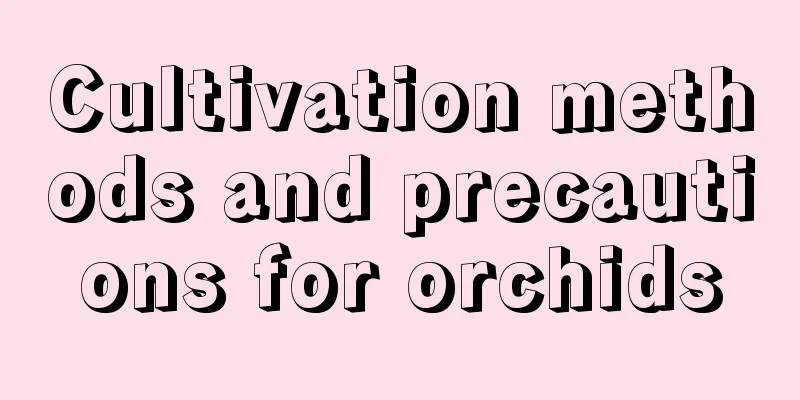How to treat black spot disease of rose

Understanding Black SpotpathogenIt belongs to the fungus family. Conidia are oblong or swim bladder-shaped, about 108-198 microns in size, a double-cell structure with a larger top and a smaller bottom. They grow in a disk under the host's main plasma layer and have a protruding epidermis. symptomThe young branches, pedicels and leaves of roses are likely to be infected. Purple-brown or brown dots are the initial form of the lesions, which then expand into dark brown or black round spots of about 1.5-3 mm (diameter). Some have ciliated edges, while others have smooth and neat edges. The lesions are often surrounded by a yellow halo. There are usually several spots connected together, and the diseased leaves will show large areas of yellowing, making the spots look like an "island" with green edges. Diseased leaves tend to fall off, but there are a few rose varieties that do not fall off. Young branches and pedicels will have purple or black stripes and slightly sunken spots. When the disease is severe, all the middle and lower leaves of the plant will fall off, leaving only a few new leaves at the top. TransmissionDuring the winter, the fungi will remain in the form of hyphae on diseased branches, diseased leaves or diseased fallen leaves. The conidia formed in the early spring of the following year are one of the sources of initial infection. Wind, rain, and splashing water droplets are the ways of spreading conidia, so the disease is prone to occur in rainy, foggy and dewy weather. Experiments have shown that on leaves that retain water, it only takes 6 hours for spores to penetrate and germinate. The pathogen can infect the plant multiple times, threatening the entire growing period of the rose. The disease is most serious during the rainy season and typhoon season, while the hot and dry weather in summer will slow the spread of the disease. Weak plants make it easier for pathogens to invade. Different varieties have varying degrees of resistance, but none are immune to the disease. Black spot disease prevention and control methods1. First of all, we should start from the source of infection, clean up fallen leaves and remove diseased leaves in time. In winter, pruning of seriously diseased plants needs to be strengthened to remove overwintering pathogens on diseased branches and leaves. 2. Do not arrange the potted plants too densely. Placing them directly on the ground will easily cause water accumulation and make the soil too wet. It is best to place them on a stepped planting platform. Change the way and time of watering, water slowly along the edge of the pot instead of spraying frequently. Never water at night, as wet leaves will facilitate the invasion of pathogens. 3. When using chemical treatment, you should start spraying when the new leaves begin to unfold in summer, usually once every 7 to 10 days. The pesticides can be 500 times diluted (75%) of thiophanate-methyl wettable powder, 500-1000 times diluted (50%) of carbendazim wettable powder, 500 times diluted (80%) of mancozeb wettable powder, Bordeaux diluted (1:1:100 times), or 1000-1200 times diluted (70%) of tolcarb-methyl. A thorough study of a disease can greatly increase the guarantee for the survival of roses. For more maintenance tips and practical methods, please read other related articles. Let’s become experts in flower cultivation together. |
<<: Disease control of pearl bush
>>: Prevention and control of diseases and pests of potted green radish
Recommend
The efficacy and function of Poria cocos
1. Diuretic and blood pressure lowering The medic...
I'm addicted to succulents and I'm willing to lose everything I have!
The first step of addiction: daily shopping Once ...
Huang Li's breeding methods and precautions
Huangli is a succulent plant with strong habits a...
Feng Shui Effects of Fiddle-Leaf Ficus
1. Feng Shui Effect In Western countries, the fig...
How long does Ranunculus bloom?
1. Flowering time Ranunculus blooms in spring eve...
Planting method and time of large-leaf auricularia
As a green leafy vegetable with rich nutrition an...
How to grow catnip seeds
Prerequisites for Planting Catnip Seeds Catnip is...
Milan cutting method
Milan cuttings: choosing a medium Before cutting,...
How to cultivate Dragon King Ball
Ecological habits of Dragon King Ball The dragon ...
How do I plant the succulents I just bought? Do I need to wash the roots?
1. How to deal with it If the succulent plant you...
How to grow flowers more vigorously?
For every friend who likes to grow flowers, they ...
What is the best month to plant early soybeans?
When is early soybean planted? Early soybeans are...
Is there a particular requirement for the number of pots of asparagus fern? Five points to pay attention to in its maintenance
1. Is there a particular requirement for the numb...
How to make black pine take root quickly
Black pine quick rooting method 1. Planting seaso...
How often should I water the fiddle-leaf fig?
How often should I water the fiddle-leaf fig? The...









